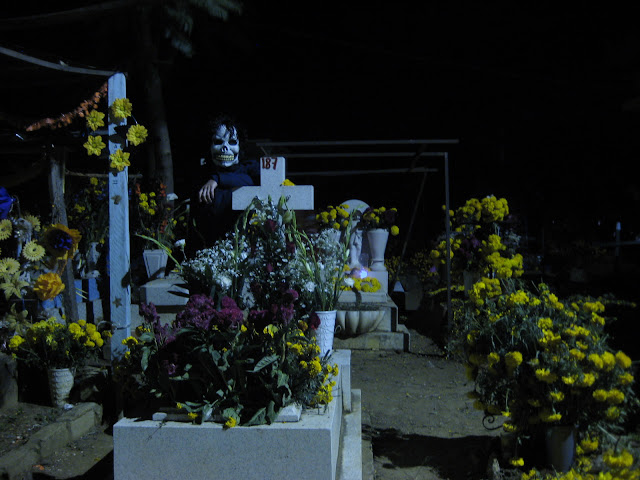Tuesday, 16 February 2010
San Lorenzo, A Story
Long after we had lived in Rome together, my old friend and colleague F. told me once, so strangely and erratically did he withhold and divulge his innermost thoughts, that as he walked through the streets of San Lorenzo, a beatnik student enclave to the East of Termini station, an area charged with the naïve honesty of the authentic anarchic movement that still pervades so much of Southern Europe but which has long since petered out in Britain into a discrete nostalgia reserved for the bad-old-good-old-days, he found that these muralled walls and ever-trickling street-fountains, cars on bricks and graffitied shutters, so totally overpainted in Marxist slogans and clumsy satires, peopled with knot-tops and punks with mongrel dogs on string, created such a sense of quasi-reality that he felt himself to be walking not through a Roman street but through an actual cartoon, as if pulled out of physical contact with his surroundings and dropped into the foreground of a hand-drawn comic strip. Even his gait would become an idiom of animated movement: jerky and lop-sided, his right arm pushing upwards unevenly and repetitively with each step, as if walking on the spot while a raggedly illustrated streetscene is reeled behind.
This hyper-coloured reality was to him a stronger, more convincing one than what we take for the actual. As he stalked these sulphur-lit night streets he felt as if the world had been safely wrapped up, as if this life was just a youthful idealistic runthrough in which nothing could be broken forever and the stains and smudges of foolishness or fate could be erased and redrawn. Even motion itself was imbued with an inbuilt narrative direction: travelling horizontally, reassuringly from left to right, from beginning to end, granting him a security of meaning and purpose that real life withholds. He felt that the distance created by the depth of field between the protagonist and the background in the cartoons of his childhood, and now in the super-imposition of himself into this living comic, defines more clearly the remoteness between the experience of self and the experience of other than anything in what he was decreasingly inclined to refer to as mundane reality ever could. So safe he felt, he told me, walking through this animated life, in which he drew and redrew himself, that mundanity, if he allowed it to fog over again what he described as the clarity of the unreal, seemed to reveal our humdrum lives to be made up of little more than such acts as the endless folding and unfolding of tea-towels.
Subscribe to:
Post Comments (Atom)




No comments:
Post a Comment